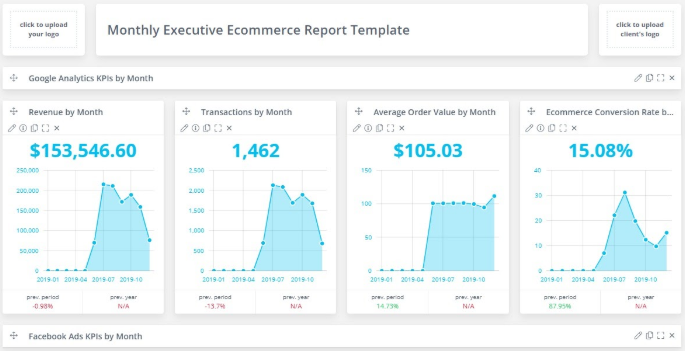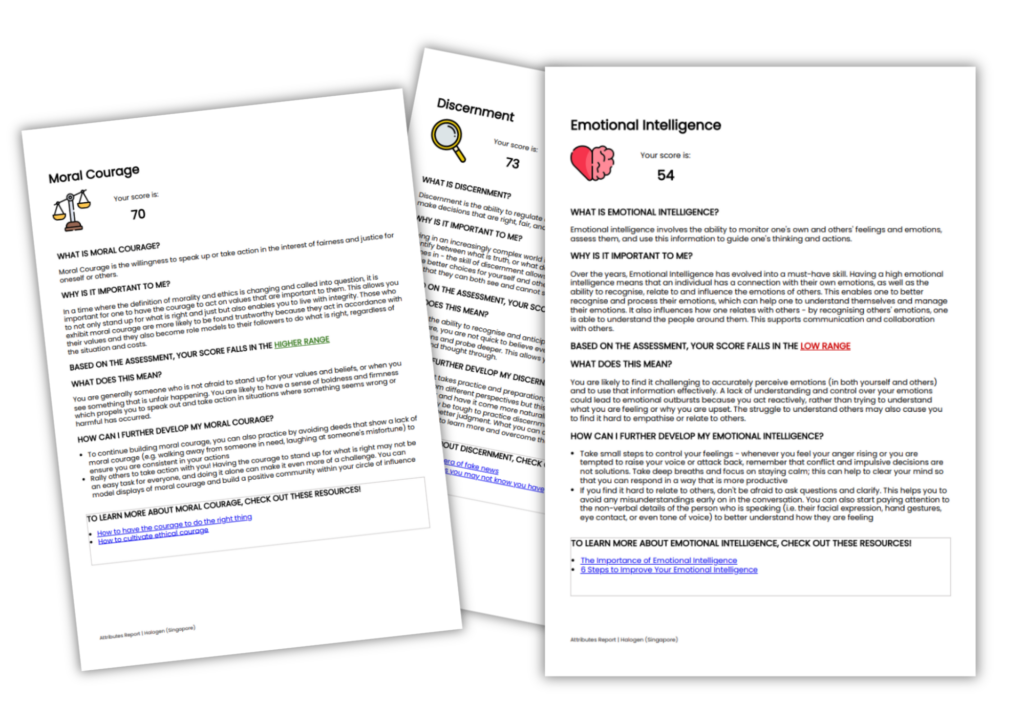Irrespective of the results you achieved, the main goal of your reports is to build transparent and honest relationships between your agency and clients. Every digital marketer knows how difficult creating a quality client report is. In order to keep your clients focused, you will need to balance between showing off and critical thinking. Above all, you need to focus on the metrics your clients really care about.
In this article, you will find a few simple tactics that will boost your client reports.
Prepare before creating reports
Talk to your clients, try to understand their goals and expectations in order to create achievable deliverables, and consider them when creating your reports. Here are a few steps to take:
Set realistic and measurable goals
Talk to your clients and see what results they want to achieve. Then, set clear, measurable, and realistic goals. This is a crucial step to take, given that your goals impact the choice of metrics.
For example, if a client hired you to increase their reach on social, your goal could be “reaching 1500 members for their Facebook page.” By measuring your goal against your timeline, you will know exactly where you stand.
Choose the right metrics
Think of yourself as a coach of a soccer team, while your metrics are players. To win the game (or, in this case, measure your results effectively), you need to choose each player carefully. Just like soccer players, every metric you choose has certain strengths, weaknesses, and needs to be applied strategically.
For example, if you’re building a Facebook Ads campaign for a major client,there are many tools to use and metrics to track. However, complicated reports would only confuse a client, not giving them the opportunity to understand whether their campaign is making progress. Therefore, your goal is to include the most important Facebook Ads metrics, such as the click-through rate, cost-per-click, cost per action, ad frequency, and so forth.
Before you compile the final list of metrics to track, ask yourself whether they tie back to your campaign goals and bring value to your clients. The purpose of these metrics is to inform a client about their performance during the reporting period and tell them what action it requires.
Deliver client reports strategically
Now that you’ve collected client insights and set your goals and metrics, you can start building a client report.
Automate reporting with a client-friendly tool
For those digital agencies that offer different services, cater to numerous clients, and rely on a wide range of tools, assembling data and creating personalized reports for each client is complicated. That’s where using digital marketing reporting tools like Reportz can help.
Let’s see what tasks such tools can automate:
- Combining different widgets to create a detailed report that outlines all the metrics you’ve specified.
- Filtering and displaying the data just like you and your clients want, through custom widget builders and customizable dashboards.
- Combining different SEO, PPC, social media, and other metrics.
- Collecting real-time metrics for each client.
- Getting niche-based reporting templates that will save you time.
Create simple dashboard-based layouts
By using reporting tools, creating on-brand and simple dashboards is easier. However, if you’re creating reports manually, here are a few important steps to take:
- Content and statistics should be your priority. Design elements like colors, style, fonts, etc. should support them.
- Create compelling visuals, like graphs, to make your data easier to understand.
- Explain what each graph represents.
- Try to find the perfect ratio when combining graph sizes and styles. Make the most important data and KPIs prominent.
- Focus on making all metrics and information visible on a single screen.
Always review a report before sending it
Before clicking “Send,” always review your report carefully. Check whether clients’ goals and your metrics are aligned properly. Ask yourself whether the report illustrates your expectations and shows how your agency is contributing to a client’s performance in the digital system.
You should also check your writing language. Pay attention to the terms you use. When they open a report and see a bunch of industry jargon they don’t understand, your clients may be confused. Some of them may think that you’re using complicated industry terminology to camouflage your poor results.
Scale your reports and engage clients

Finally, you need to make sure that your client reports are scalable.
Choose the right formats
Outdated reporting formats like PDFs or Excel files are difficult to read and understand. There are simpler and user-friendly forms of reporting, such as HTML, which is far easier to scale.
Use client reports as a chance to upsell
Reporting lets you build closer relationships with your clients and offer them new services. This is an especially important tactic for all clients whose campaigns are performing well. Your weekly, monthly, or quarterly reports will show your clients that hiring you paid off, so they may be interested in upping their budgets, trying out new services, or investing in new channels.
Track client engagement
For you as a digital agency, it’s important to know how many clients open your reports, when they open them, and how they engage with them. If a client opens your reports regularly, reads them thoroughly, and provides feedback, this is a clear indicator that they consider them informative and valuable. If your clients don’t click on your reports, chances are they don’t consider them valuable enough. Unsurprisingly, poor communication with clients and the lack of engagement and transparency may result in a greater client churn.
Over to you
When approached systematically, creating comprehensive client reports is not mission impossible. Just like with any other aspect of digital marketing, your reports should represent a powerful symbiosis of high-quality content and simple, but effective design. Above all, each report you create needs to be personalized, user-friendly, and informative.
And remember, a report should not only explain your past efforts and results. It should explain how these results will impact your future activities. Every report you create should also be an active checkpoint, preventing you from making the same mistakes again.
I hope you’re now closer to building user-friendly and comprehensive reports your clients will actually read!






